Spotlighting The Arc’s Changemakers: Laura Kennedy, President of the Board of Directors
When Julia Kennedy was born in 1982, The Arc had already been laying the groundwork for her to thrive.
Laura and Hal Kennedy were parents to two daughters, ages 3 and 4, when Julia arrived. Early on in her infancy, they knew that Julia was experiencing developmental delays. She eventually was diagnosed with profound intellectual disability and autism. Working with their pediatrician, the Kennedys sought out the help they would need to support Julia at every step, and they found their local chapter of The Arc, AHRC New York City.
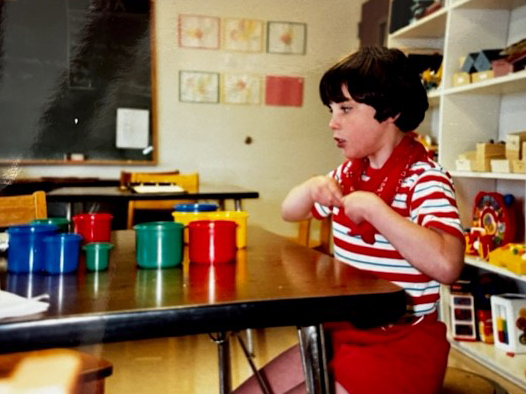 Julia started attending a pre-school run by United Cerebral Palsy, where they received a flyer for a family event hosted by AHRC New York City. The whole family spent a Saturday afternoon connecting with other parents, siblings, and children with disabilities.
Julia started attending a pre-school run by United Cerebral Palsy, where they received a flyer for a family event hosted by AHRC New York City. The whole family spent a Saturday afternoon connecting with other parents, siblings, and children with disabilities.
Laura shared: “It was like walking into the extended family that we all needed. It was the beginning of our now 40-year relationship with this incredible community of people.”
As Julia grew, and the Kennedys welcomed a fourth daughter, they began relying on The Arc for help with Julia’s schooling.
“I was learning about Julia’s rights and what environment could help her thrive. The team at AHRC New York City assured me that there was a continuum of services, and at the top, The Arc’s national office had gurus in special education policy fighting for systemic change. And before Julia was born, they had paved the way,” said Laura.
She added: “Very little existed 10 years before Julia arrived on the scene. I think that’s one of the most important things for people to keep in mind—The Arc’s national advocacy impacts people who are young and old, those who are not even born yet.”
The Kennedys were struggling to balance their four busy daughters’ needs. AHRC New York City helped them through respite care. Julia was very uncomfortable traveling, and so as the family took short trips, they gradually learned to trust other caregivers. Julia had invaluable experiences at overnight camp and staying at a respite home for a night or weekend, and Laura and Hal learned how to balance the risk and the opportunity.
“We needed that support to give time and attention to each child. And Julia needed to have different experiences in her life to grow. Between AHRC New York City’s programs, the wonderful staff we’ve worked with over the years, and the families we met through the chapter, we all benefited,” said Laura.
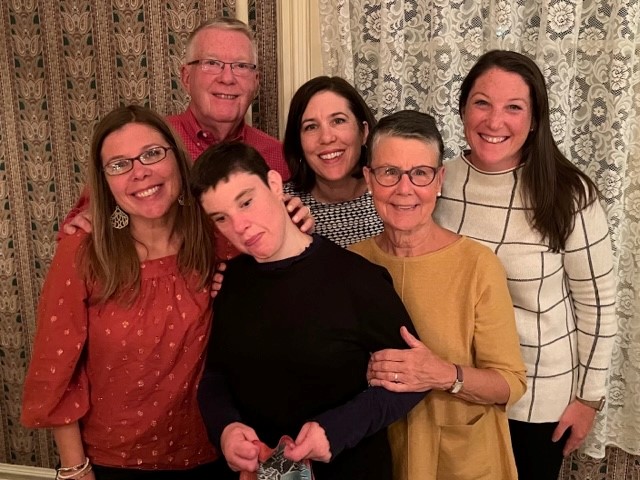
Soon, Laura started taking on leadership roles in her local and state chapters. In 1993, she joined the Board of Directors of AHRC New York City, representing her home borough of Staten Island. Laura was focused on helping the chapter be the go-to organization for families, supporting those recently receiving a disability diagnosis, and making the kind of connections that the Kennedy family had because of The Arc.
“In the mid-1990s, you still had some pediatricians telling families when they received a diagnosis, ‘Don’t take this on, for the sake of the rest of your family.’ Well, The Arc was there for families to show them that there was another way, and my family was living proof of what was possible,” said Laura.
“When I first learned about The Arc, I was drawn to the fact that family members make up the majority of the Board. That has a positive influence on how our chapters impact lives. There are other disability organizations that aren’t structured with that in mind, and so we are unique in our culture.”
As President of AHRC New York City’s Board, Laura worked with statewide advocates over two years to get the Governor to help families in disputes over their child’s special education services. They were successful in reversing the “burden of proof” in special education impartial hearings to place the burden on the school district, rather than on the parents.
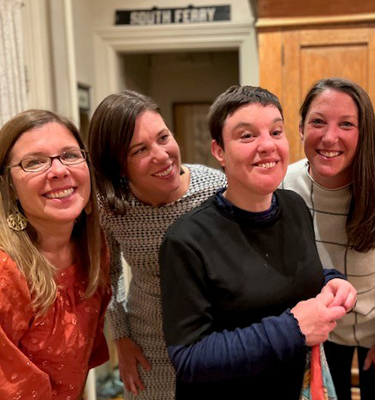
In 2004, Laura stepped up to a state-wide position on the Board of Governors of The Arc of New York, which was then called NYSARC. She spearheaded a successful membership campaign that doubled the membership of the organization. Laura started attending The Arc’s dynamic national events—the Disability Policy Seminar, where she lobbied in Congress, and the National Convention, where she made lifelong connections. While serving as NYSARC’s president, in 2017, Laura successfully led the organization to fully brand with The Arc of the US.
Today, Julia is 41 years old, lives 10 minutes from her parents, and enjoys life in the community. She likes her outings for shopping and seeing shows, volunteers with Meals on Wheels, and continuously works on her life skills. Meanwhile, Laura hasn’t stopped leading. On Staten Island, in New York City, and in Albany, Laura stays busy by chairing AHRC New York City’s advocacy committee. She is currently the chapter’s longest serving board member. And as our national Board President, Laura is keenly aware of those that will be impacted by The Arc in the coming years, focusing on the future power of the national federation.
“If not us, who? The Arc is the go-to organization for people across the country. So much of what was there for Julia existed because of The Arc—nationally and locally. We owe it to the next generation to be doing this work, all the time. What The Arc does is people work. It’s the best way to spend my time,” shared Laura. “We have much more work to do!”

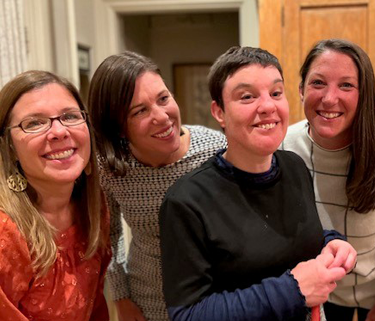

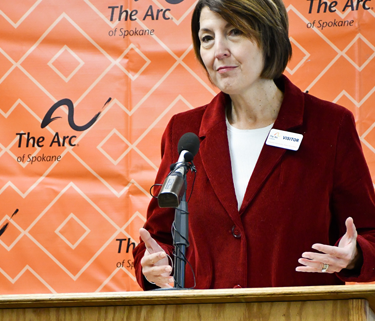
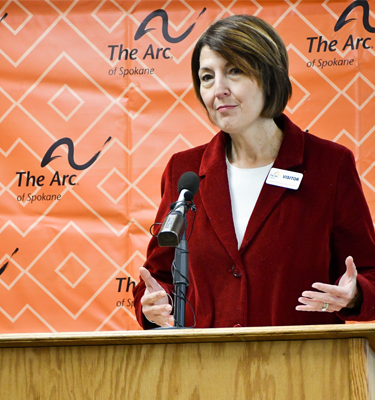 “The disability community is full of untapped potential just waiting to be unleashed,” said Congresswoman Cathy McMorris Rodgers, U.S. Representative for Washington State. “In today’s digital world, innovative technology is the key to unlocking new and exciting opportunities for individuals living with disabilities to achieve their goals. I’m grateful for the efforts of Amazon and The Arc to further empower every person with a disability to live a more full and independent life.”
“The disability community is full of untapped potential just waiting to be unleashed,” said Congresswoman Cathy McMorris Rodgers, U.S. Representative for Washington State. “In today’s digital world, innovative technology is the key to unlocking new and exciting opportunities for individuals living with disabilities to achieve their goals. I’m grateful for the efforts of Amazon and The Arc to further empower every person with a disability to live a more full and independent life.”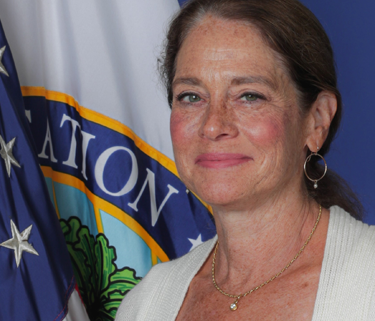
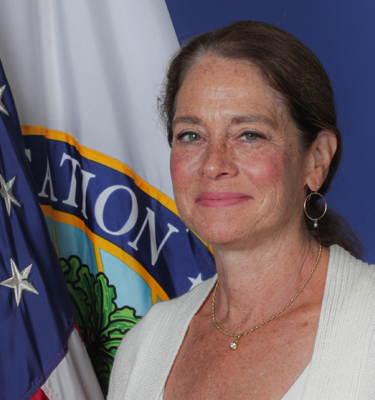 Katy is a visionary leader who has devoted her career to disability rights, and she has deep connections in the field. She joins The Arc from the U.S. Department of Education, where she served as Deputy Assistant Secretary in the Office of Special Education and Rehabilitative Services. Prior to that role, she was Executive Vice President of Public Affairs for the American Physical Therapy Association (APTA) and for Easterseals. She is widely regarded for her bipartisan and collaborative work, earning her roles including Past Chair of the Consortium for Constituents with Disabilities (CCD). Earlier in her career, Katy served as Legislative Assistant to Senator Tom Harkin and the U.S. Senate Subcommittee on Disability Policy, where she worked on landmark legislation such as the Americans with Disabilities Act (ADA) and the Individuals with Disabilities Education Act (IDEA). Katy holds a B.A. from Georgetown University.
Katy is a visionary leader who has devoted her career to disability rights, and she has deep connections in the field. She joins The Arc from the U.S. Department of Education, where she served as Deputy Assistant Secretary in the Office of Special Education and Rehabilitative Services. Prior to that role, she was Executive Vice President of Public Affairs for the American Physical Therapy Association (APTA) and for Easterseals. She is widely regarded for her bipartisan and collaborative work, earning her roles including Past Chair of the Consortium for Constituents with Disabilities (CCD). Earlier in her career, Katy served as Legislative Assistant to Senator Tom Harkin and the U.S. Senate Subcommittee on Disability Policy, where she worked on landmark legislation such as the Americans with Disabilities Act (ADA) and the Individuals with Disabilities Education Act (IDEA). Katy holds a B.A. from Georgetown University.
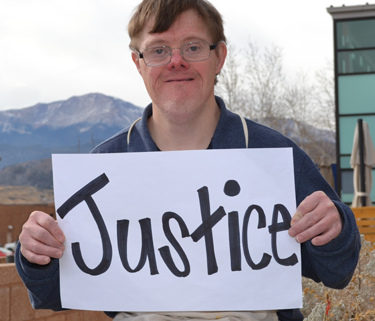
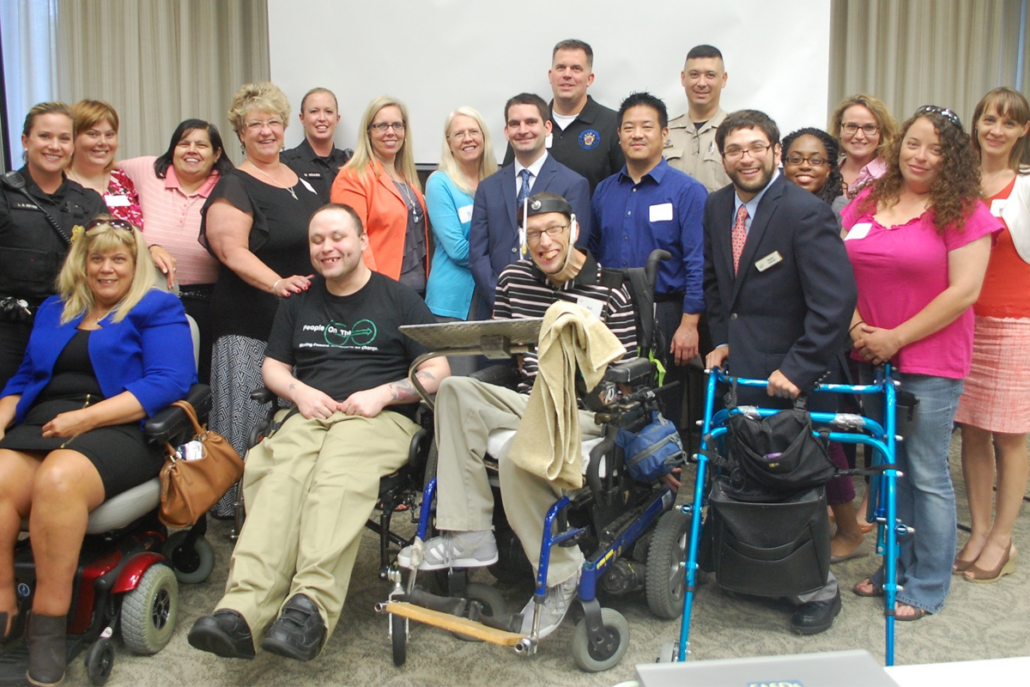

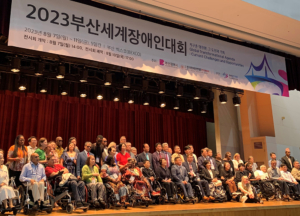 Today, Pathways to Justice remains one of the few IDD-specific programs in the US. It has reached over 2,000 stakeholders in over 12 states and has created Disability Response Teams around the country, creating sustainable change.
Today, Pathways to Justice remains one of the few IDD-specific programs in the US. It has reached over 2,000 stakeholders in over 12 states and has created Disability Response Teams around the country, creating sustainable change.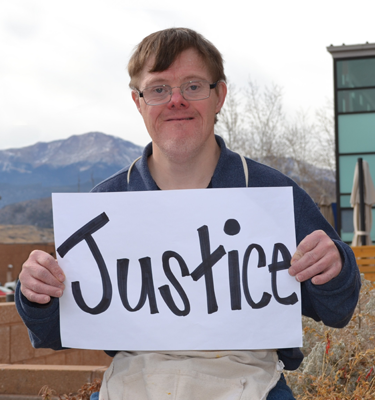 NCCJD’s programmatic work must evolve and remain innovative as we seek to reform a criminal justice system that too often remains unaware of the unique needs of the IDD community. We are revisiting our strategic plan and the Pathways program to include the most up-to-date research, best practices in curriculum delivery, and effective ways to incorporate a lens of intersectionality by grounding the work in a disability justice framework. The updated Pathways will include a more robust technical assistance program focused on helping DRTs set achievable goals to begin a community’s path on sustainable change.
NCCJD’s programmatic work must evolve and remain innovative as we seek to reform a criminal justice system that too often remains unaware of the unique needs of the IDD community. We are revisiting our strategic plan and the Pathways program to include the most up-to-date research, best practices in curriculum delivery, and effective ways to incorporate a lens of intersectionality by grounding the work in a disability justice framework. The updated Pathways will include a more robust technical assistance program focused on helping DRTs set achievable goals to begin a community’s path on sustainable change.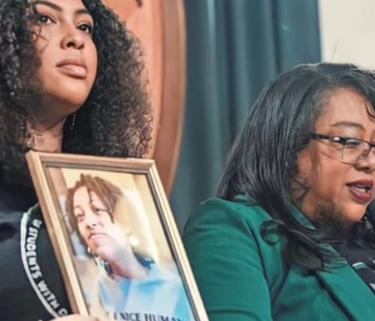
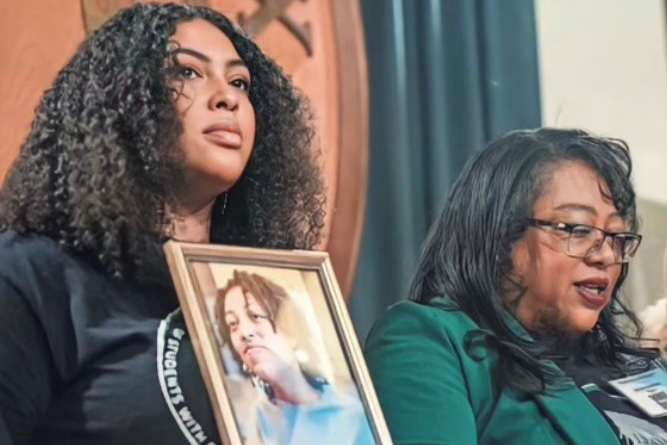
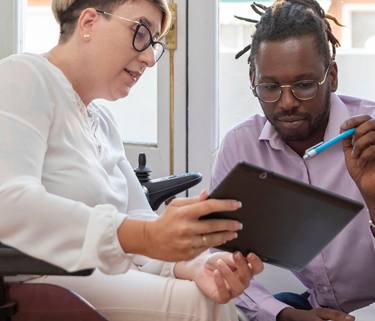
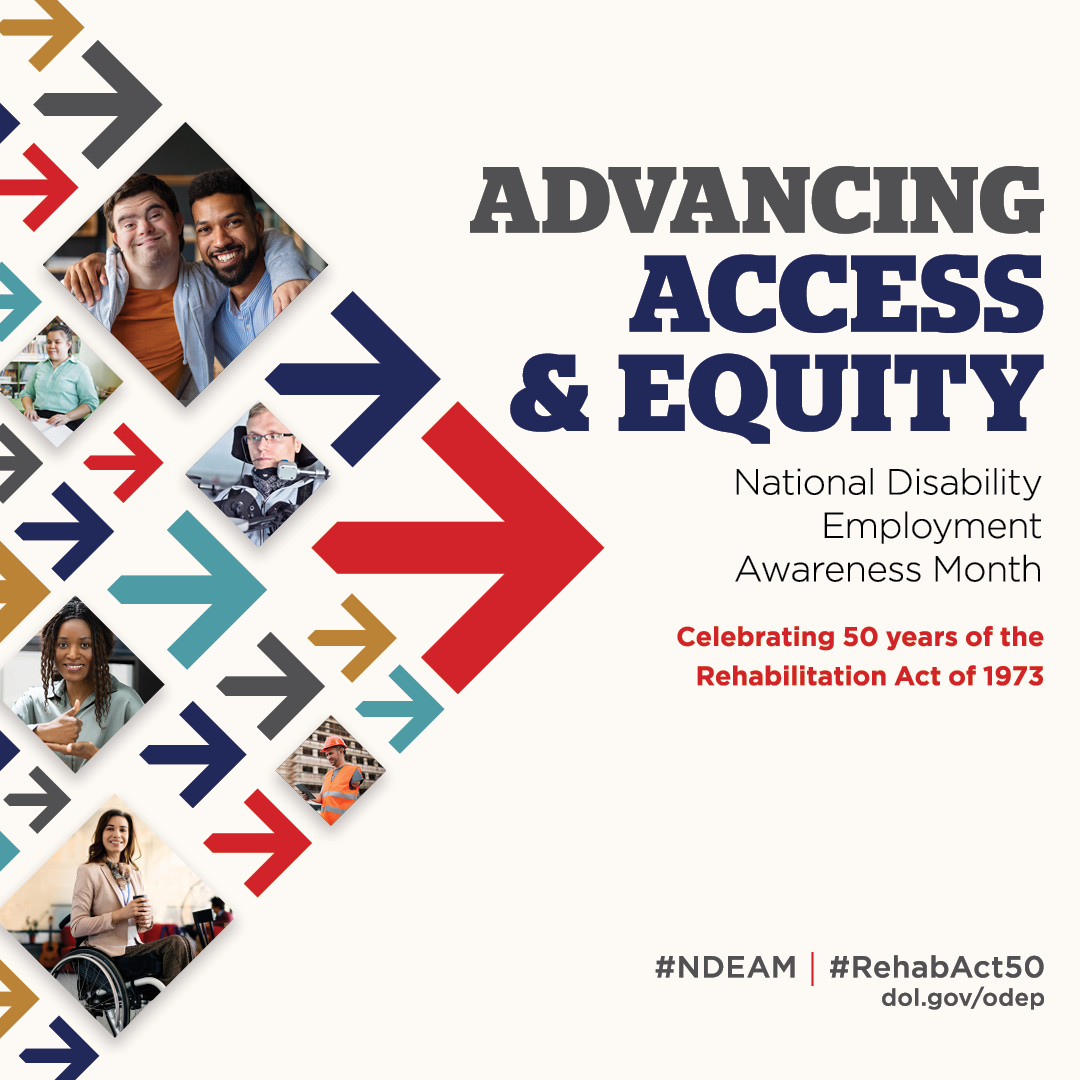 Each October, during National Disability Employment Awareness Month (NDEAM), we celebrate the many contributions and achievements of employees with disabilities.
Each October, during National Disability Employment Awareness Month (NDEAM), we celebrate the many contributions and achievements of employees with disabilities.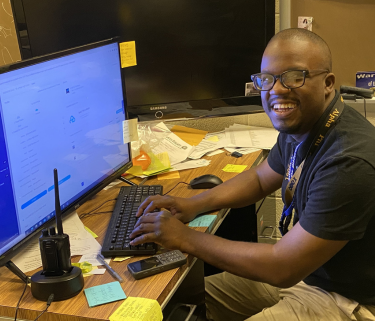
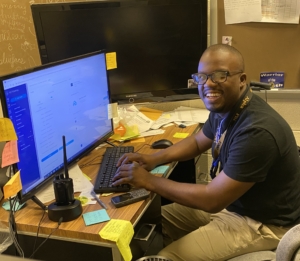 Tayone Miller is a full-time Computer Analyst with Charles County Public Schools (CCPS), bringing nearly a decade of experience in developing, managing, and improving information technology. It’s a career he’s always dreamed of. “Technology helps people throughout their lives,” he shares. “I wanted a career that would be everlasting, and Computer Information Systems (CIS) was the right fit for me.”
Tayone Miller is a full-time Computer Analyst with Charles County Public Schools (CCPS), bringing nearly a decade of experience in developing, managing, and improving information technology. It’s a career he’s always dreamed of. “Technology helps people throughout their lives,” he shares. “I wanted a career that would be everlasting, and Computer Information Systems (CIS) was the right fit for me.”





